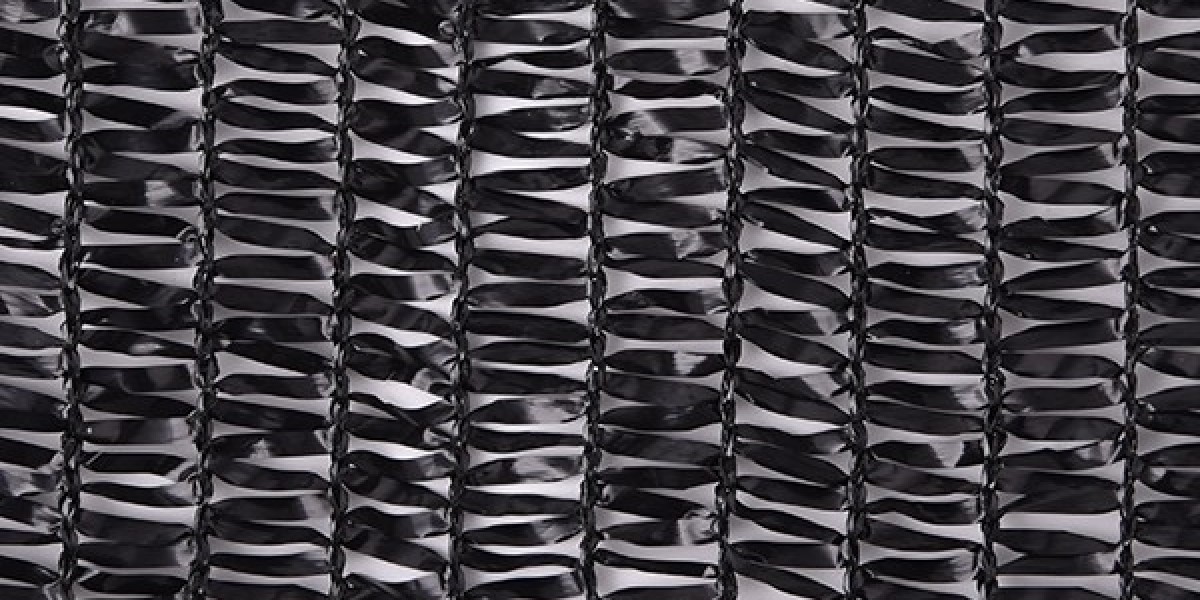In the world of agriculture, controlling environmental factors plays a crucial role in maintaining the health and growth of crops. One effective solution for mitigating environmental stressors, such as excessive sunlight, wind, and pests, is the use of Sunshade Nets. These nets provide a range of benefits to farmers and agricultural businesses, offering a cost-effective way to protect crops while enhancing productivity.
What Are Sunshade Nets?
Sunshade nets are designed to provide controlled shading for crops by filtering sunlight. Made from durable, UV-resistant materials such as high-density polyethylene (HDPE), these nets come in various mesh sizes and shading percentages to meet different agricultural needs. Whether it’s for greenhouses, open fields, or nurseries, sunshade nets serve as an adaptable solution for farmers looking to optimize growing conditions for a wide variety of crops.
Key Benefits of Sunshade Nets
Regulation of Sunlight Exposure
One of the primary functions of Sunshade Nets is to reduce the intensity of sunlight, which is crucial for plants that require protection from overheating or sunburn. By controlling light exposure, these nets help maintain the ideal temperature for plant growth and ensure that crops receive the appropriate amount of sunlight throughout the day.Improved Crop Yield and Quality
By reducing the risk of sunburn and thermal stress, sunshade nets help improve both the quality and quantity of crops. Certain crops, such as fruits and vegetables, require specific light and temperature conditions for optimal growth. The controlled environment provided by sunshade nets allows farmers to achieve more consistent results and better product quality, ultimately contributing to higher profits.Protection from Extreme Weather Conditions
Sunshade nets provide a layer of protection against extreme weather conditions, including hail and strong winds. These nets act as a shield for plants, preventing physical damage to crops and reducing the likelihood of losses due to unpredictable weather events. Additionally, they can help manage the impact of heavy rains by preventing soil erosion and waterlogging around plant roots.Pest and Disease Control
In addition to protecting crops from environmental stress, sunshade nets also act as a physical barrier against insects and pests. This helps reduce the need for chemical pesticides, which can be harmful to both crops and the environment. By using sunshade nets, farmers can protect crops in an eco-friendly manner, promoting healthier farming practices.Water Conservation
With increasing concerns about water scarcity, sunshade nets play a role in moisture conservation. By reducing evaporation rates, they help retain soil moisture, reducing the frequency and amount of irrigation required. This can result in significant water savings, which is particularly beneficial in regions where water resources are limited.
Applications of Sunshade Nets in Agriculture
- Greenhouses and Polyhouses: Sunshade nets are widely used in greenhouses to control the internal temperature and prevent overheating, creating a more stable environment for plant growth.
- Nurseries and Seedlings: Young plants and seedlings are vulnerable to excessive sunlight, and sunshade nets provide the necessary protection to foster healthy growth in the early stages of development.
- Fruit Orchards: Sunshade nets help protect delicate fruits from sunburn and other environmental factors, improving overall fruit quality and reducing crop loss.
- Vegetable and Flower Cultivation: For certain crops that are sensitive to heat, sunshade nets can help maintain the appropriate microclimate for optimal growth.
Choosing the Right Sunshade Net
When selecting a Sunshade Net, it is important to consider several factors to ensure it meets the specific needs of your crops. The shading percentage, mesh size, and material quality are critical elements that will affect the overall performance of the net. Additionally, factors such as weather conditions, the type of crops being grown, and the size of the area to be covered should also be taken into account.








